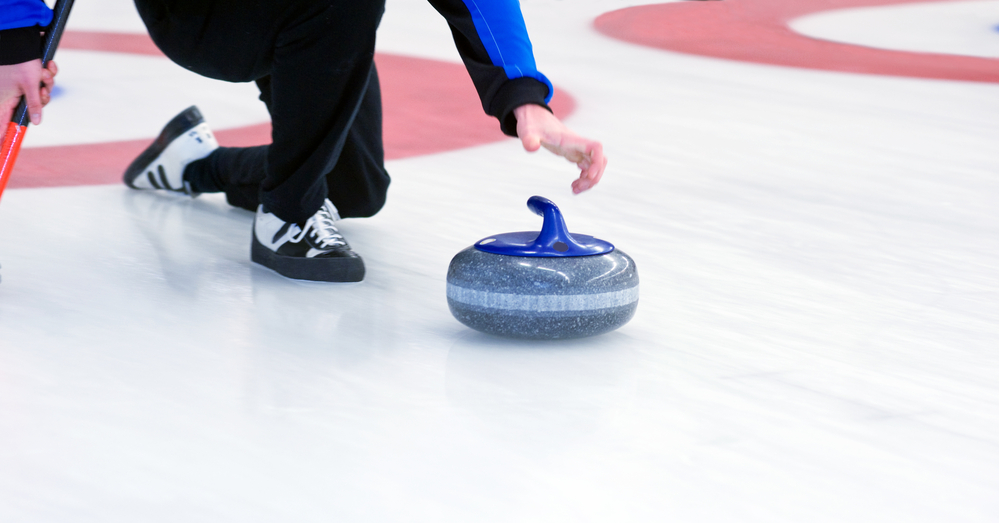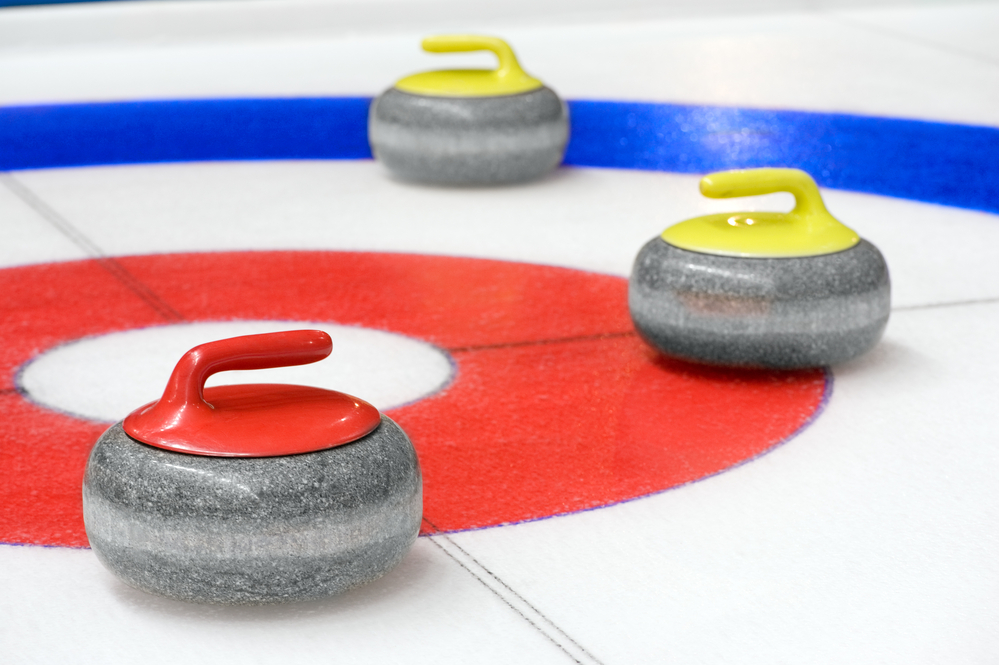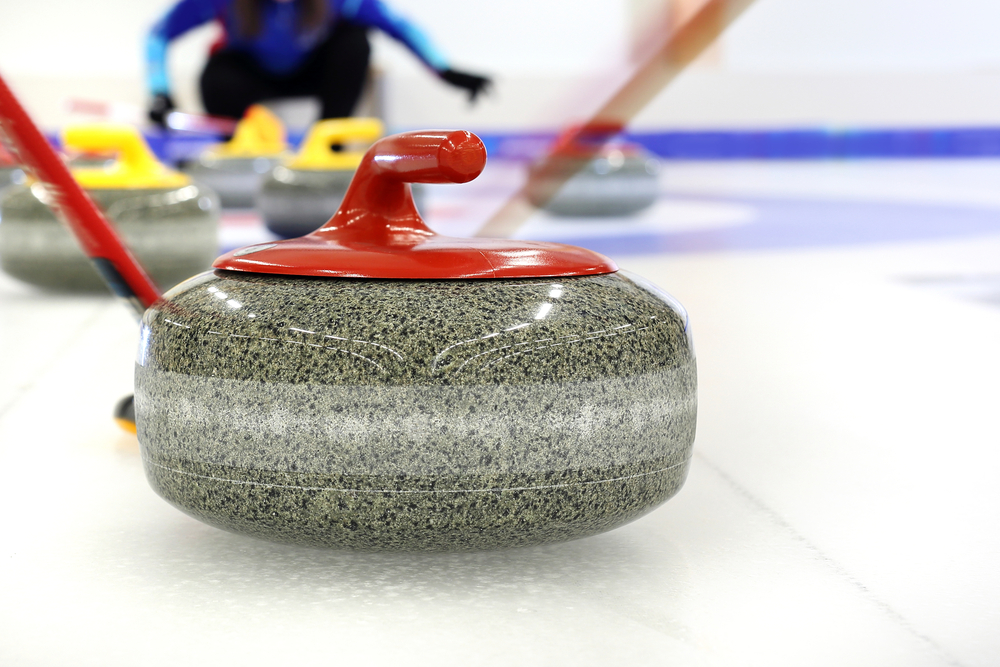The number of ends played in each curling game can vary depending on the format and level of competition. However, traditional curling games have 10 ends. Meanwhile, mixed doubles curling matches often have eight ends. Curling tournaments can include matches with six, eight, or 10 ends. Casual games can be played with as many or as few ends as you wish. If the game is tied after the final end, extra ends are played until one team is declared the winner.

Standard Curling Ends
In a standard curling game, teams generally play 10 ends. Each end consists of each team delivering eight stones toward the house, the target at the end of the sheet of ice. After all 16 stones have been thrown, the end is completed, and points are awarded based on the position of the stones in the house. The team with the highest total score after 10 ends is declared the winner.
Extra Ends
Sometimes, games end in a tie after the completion of 10 ends. In such cases, teams play one or more extra ends to determine the winner. The extra ends proceed just like regular ends, with each team delivering eight stones. The team that scores in the extra end wins the game. If the extra end results in a tie, additional extra ends are played until a winner is decided.
Mixed Doubles Curling Ends
Mixed doubles curling is a variation of the sport that features two players per team, one male and one female. In mixed doubles, teams play eight ends instead of the standard 10. This shorter format allows for quicker games, which is especially appealing in events like the Winter Olympics where scheduling constraints are a concern.
Extra Ends in Mixed Doubles
Similar to standard curling, if a mixed doubles game is tied after eight ends, an extra end is played to determine the winner. If the game is still tied after the extra end, additional extra ends are played until a winner emerges.
Recreational and Club Curling Ends
Recreational and club curling games often have a different number of ends than standard or mixed doubles play. The number of ends can vary depending on the specific league or event, but many recreational games consist of eight ends. This reduced number of ends allows for shorter game times, making it more accessible and enjoyable for casual players.
Time Constraints and End Duration
One of the reasons recreational and club curling games may have fewer ends is to accommodate time constraints. Curling ends can take anywhere from 15 to 20 minutes to complete, depending on the level of play and the complexity of the shots being made. By reducing the number of ends, recreational leagues can ensure that games fit within allotted time slots, making the sport more accessible to players with busy schedules.
Bonspiels and Other Events
In curling bonspiels (tournaments) and other special events, the number of ends can vary depending on the rules of the specific competition. Some events may feature six or eight-end games, while others might follow the standard 10-end format. The organizing committee typically determines the number of ends played in these events based on factors such as the number of teams participating, time constraints, and the skill level of the players.
Impact of the Number of Ends on Curling Strategy
The number of ends in a curling game has a direct impact on the strategy employed by the teams. In games with fewer ends, teams may need to adopt a more aggressive approach, attempting to score multiple points earlier in the game. This aggressive strategy may involve taking more risks, such as attempting difficult shots or leaving more stones in play.
In contrast, teams playing in a 10-end game can afford to be more conservative in their strategy, especially in the early ends. They may aim for single points or blank ends to retain the hammer advantage for later in the game. As the game progresses, teams can adjust their tactics based on the score and the number of ends remaining, ensuring they are in a strong position to secure a victory.
Adapting to Different Formats
Teams participating in various formats or events with different numbers of ends must be adaptable and able to adjust their strategies accordingly. Skilled teams will consider the number of ends, their opponents’ strengths and weaknesses, and their own abilities when formulating a game plan. This adaptability can make the difference between winning and losing in close games, especially when competing in unfamiliar formats.
Do Curling Games Always Have the Same Number of Ends?
The number of ends in curling varies depending on the format and level of play. In standard curling, teams typically play 10 ends, while mixed doubles games consist of eight ends. Recreational leagues and special events may have varying numbers of ends to accommodate different skill levels and time constraints.
Regardless of the number of ends, curling remains an exciting and strategic sport enjoyed by players and fans alike. The ability to adapt to different formats and adjust game strategies based on the number of ends played is a crucial skill for curling teams. By understanding the various factors that influence the number of ends in curling, players and fans can gain a deeper appreciation for the strategic nuances of this fascinating sport.


